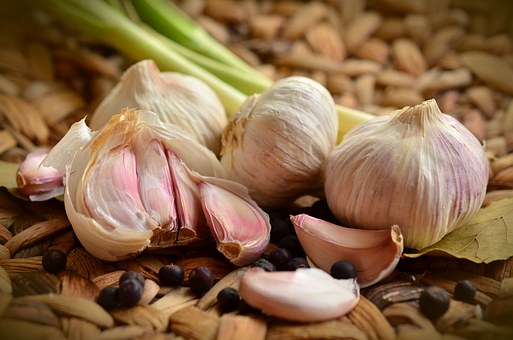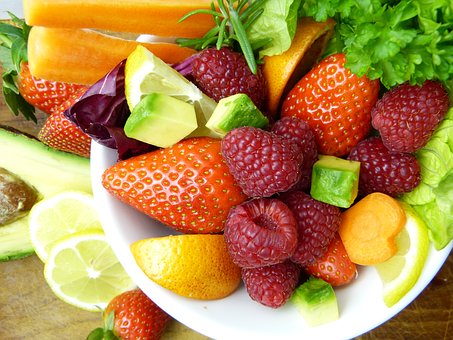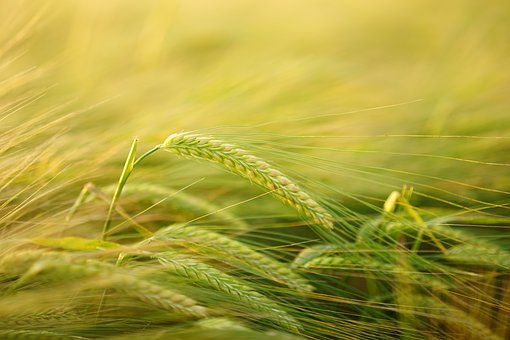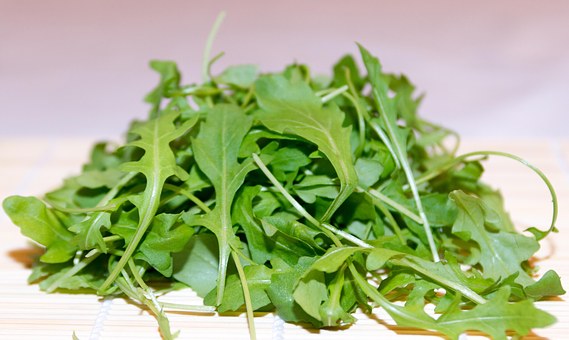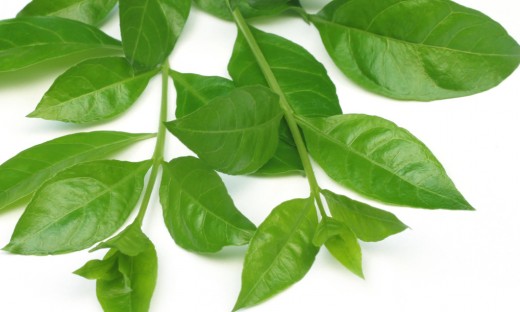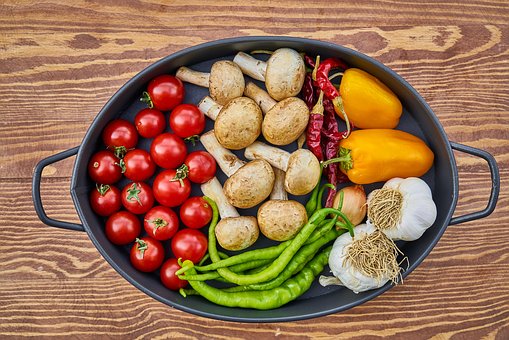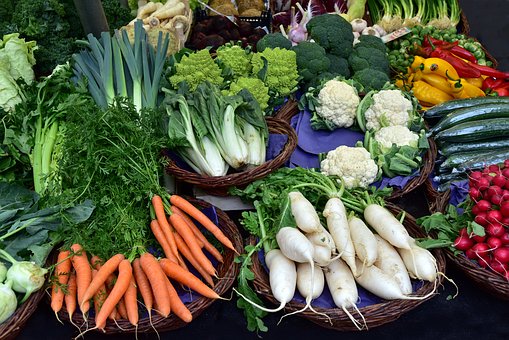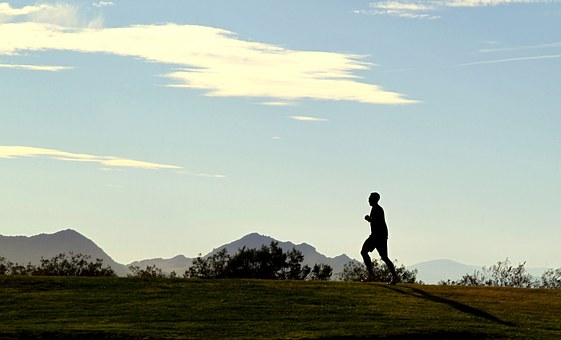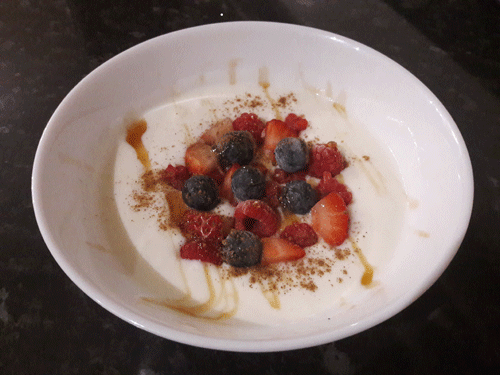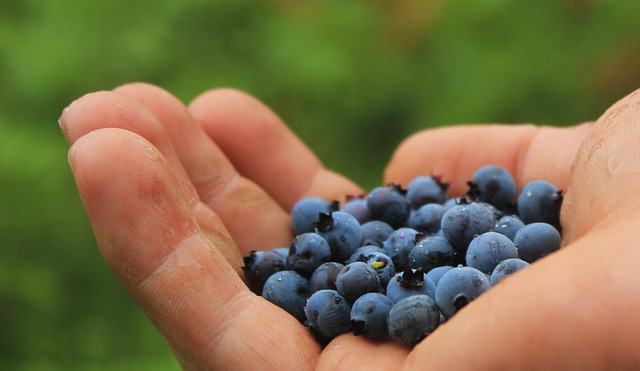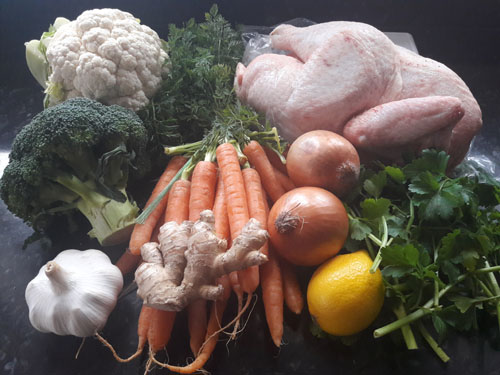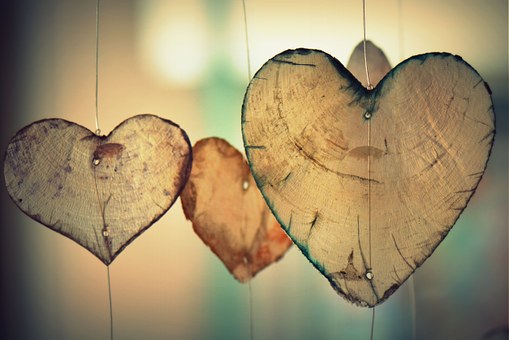Mango Ginger (Curcuma Amada Roxb.)--a Promising Spice for Phytochemicals and Biological Activities
© Authored by PubMed
© HealthyMuslim. See Terms and Conditions
Copy Link
Email
Print
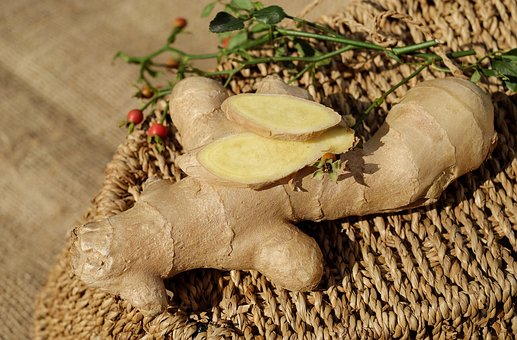
Ginger is an herb. The rhizome (underground stem) is used as a spice and also as a medicine. It can be used fresh, dried and powdered, or as a juice or oil. Ginger is commonly used to treat various types of "stomach problems," including motion sickness, morning sickness, colic, upset stomach, gas, diarrhea, nausea and vomiting after surgery, as well as loss of appetite. Other uses include treating upper respiratory tract infections, cough, and bronchitis.
Policegoudra RS, Aradhya SM, Singh L. Mango ginger (Curcuma amada Roxb.)--a promising spice for phytochemicals and biological activities. 1. J Biosci. 2011 Sep;36(4):739-48. Mango ginger (Curcuma amada Roxb.) is a unique spice having morphological resemblance with ginger but imparts a raw mango flavour. The main use of mango ginger rhizome is in the manufacture of pickles and culinary preparations. Ayurveda and Unani medicinal systems have given much importance to mango ginger as an appetizer, alexteric, antipyretic, aphrodisiac, diuretic, emollient, expectorant and laxative and to cure biliousness, itching, skin diseases, bronchitis, asthma, hiccough and inflammation due to injuries. The biological activities of mango ginger include antioxidant activity, antibacterial activity, antifungal activity, anti-inflammatory activity, platelet aggregation inhibitory activity, cytotoxicity, antiallergic activity, hypotriglyceridemic activity, brine-shrimp lethal activity, enterokinase inhibitory activity, CNS depressant and analgesic activity. The major chemical components include starch, phenolic acids, volatile oils, curcuminoids and terpenoids like difurocumenonol, amadannulen and amadaldehyde. This article brings to light the major active components present in C. amada along with their biological activities that may be important from the pharmacological point of view.
Mango ginger (Curcuma amada Roxb.) is a unique spice having morphological resemblance with ginger but imparts a raw mango flavour. The main use of mango ginger rhizome is in the manufacture of pickles and culinary preparations. Ayurveda and Unani medicinal systems have given much importance to mango ginger as an appetizer, alexteric, antipyretic, aphrodisiac, diuretic, emollient, expectorant and laxative and to cure biliousness, itching, skin diseases, bronchitis, asthma, hiccough and inflammation due to injuries. The biological activities of mango ginger include antioxidant activity, antibacterial activity, antifungal activity, anti-inflammatory activity, platelet aggregation inhibitory activity, cytotoxicity, antiallergic activity, hypotriglyceridemic activity, brine-shrimp lethal activity, enterokinase inhibitory activity, CNS depressant and analgesic activity. The major chemical components include starch, phenolic acids, volatile oils, curcuminoids and terpenoids like difurocumenonol, amadannulen and amadaldehyde. This article brings to light the major active components present in C. amada along with their biological activities that may be important from the pharmacological point of view.
Policegoudra RS, Aradhya SM, Singh L. Mango ginger (Curcuma amada Roxb.)--a promising spice for phytochemicals and biological activities. 1. J Biosci. 2011 Sep;36(4):739-48.
 Mango ginger (Curcuma amada Roxb.) is a unique spice having morphological resemblance with ginger but imparts a raw mango flavour. The main use of mango ginger rhizome is in the manufacture of pickles and culinary preparations. Ayurveda and Unani medicinal systems have given much importance to mango ginger as an appetizer, alexteric, antipyretic, aphrodisiac, diuretic, emollient, expectorant and laxative and to cure biliousness, itching, skin diseases, bronchitis, asthma, hiccough and inflammation due to injuries. The biological activities of mango ginger include antioxidant activity, antibacterial activity, antifungal activity, anti-inflammatory activity, platelet aggregation inhibitory activity, cytotoxicity, antiallergic activity, hypotriglyceridemic activity, brine-shrimp lethal activity, enterokinase inhibitory activity, CNS depressant and analgesic activity. The major chemical components include starch, phenolic acids, volatile oils, curcuminoids and terpenoids like difurocumenonol, amadannulen and amadaldehyde. This article brings to light the major active components present in C. amada along with their biological activities that may be important from the pharmacological point of view.
Mango ginger (Curcuma amada Roxb.) is a unique spice having morphological resemblance with ginger but imparts a raw mango flavour. The main use of mango ginger rhizome is in the manufacture of pickles and culinary preparations. Ayurveda and Unani medicinal systems have given much importance to mango ginger as an appetizer, alexteric, antipyretic, aphrodisiac, diuretic, emollient, expectorant and laxative and to cure biliousness, itching, skin diseases, bronchitis, asthma, hiccough and inflammation due to injuries. The biological activities of mango ginger include antioxidant activity, antibacterial activity, antifungal activity, anti-inflammatory activity, platelet aggregation inhibitory activity, cytotoxicity, antiallergic activity, hypotriglyceridemic activity, brine-shrimp lethal activity, enterokinase inhibitory activity, CNS depressant and analgesic activity. The major chemical components include starch, phenolic acids, volatile oils, curcuminoids and terpenoids like difurocumenonol, amadannulen and amadaldehyde. This article brings to light the major active components present in C. amada along with their biological activities that may be important from the pharmacological point of view.
Link to this article: Show: HTML Link • Full Link • Short Link
Share or Bookmark this page: You will need to have an account with the selected service in order to post links or bookmark this page.





|
Related Articles:
- Synbiotic (Probiotic and Ginger Extract) Loaded Floating Beads: A Novel Therapeutic Option in an Experimental Paradigm of Gastric Ulcer
- 4-Shogaol, an Active Constituent of Dietary Ginger, Inhibits Metastasis of MDA-MB-231 Human Breast Adenocarcinoma Cells by Decreasing the Repression of NF-?B/Snail on RKIP
- Inhibition of LPS Binding to MD-2 Co-Receptor for Suppressing TLR4-Mediated Expression of Inflammatory Cytokine by 1-Dehydro-10-Gingerdione From Dietary Ginger
- Zerumbone, a Southeast Asian Ginger Sesquiterpene, Induced Apoptosis of Pancreatic Carcinoma Cells Through P53 Signaling Pathway
- Variation in Concentration and Labeling of Ginger Root Dietary Supplements
- Ginger Root Associated with Preventing Colon Cancer, Study
- Ginger: An Excellent Natural Remedy
- Ginger Beneficial for Relieving Pregnancy-Related Nausea
- Ibn al-Qayyim: Ginger is Beneficial for Digestion, Eyesight and Nausea Among Other Benefits
- Spices for Health
You must be registered and logged in to comment.
Most Popular
Latest Articles
Popular Subjects
Health, fitness and longevity
Based upon the principles of health
in the Qur'an and Prophetic Traditions.
HealthyMuslim.Com
There are two bounties in which
most people lose out: good health
and free time. Al-Bukhari.
The information on this site is provided for educational purposes only. It is not intended as a substitute for professional advice of any kind.




